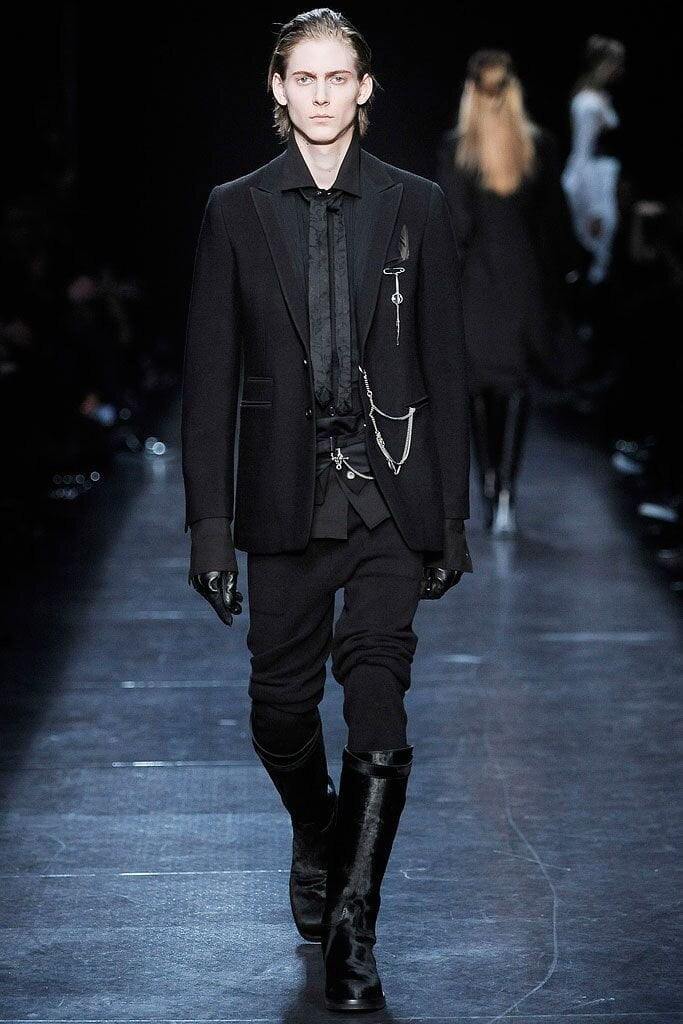
The goth subculture has been around since the late 1970s and early 1980s, characterized by its dark and moody aesthetic, music, and fashion. While it may have experienced peaks and valleys in popularity over the years, the goth aesthetic has recently been experiencing a resurgence in mainstream culture.
One of the reasons for the resurgence of the goth aesthetic is the cyclical nature of fashion. As trends come and go, designers and fashion enthusiasts often turn to past styles for inspiration. This has led to a renewed interest in the dark and edgy look of goth fashion, with designers and retailers incorporating elements such as black leather, lace, velvet, and fishnet into their collections.
Another reason for the resurgence of the goth aesthetic is the rise of social media and online culture. Platforms like Instagram and TikTok have allowed goth influencers to reach wider audiences and showcase their unique styles. This has helped to normalize and popularize the goth look, making it more accessible to a wider range of people.

Music has also played a role in the resurgence of the goth aesthetic. While goth music may not be as mainstream as it was in the 1980s and 1990s, there are still many bands and artists who draw inspiration from the genre and incorporate goth elements into their music. This has helped to keep the goth subculture alive and relevant, even as other trends have come and gone.
Despite its dark and often misunderstood reputation, the goth aesthetic has always been about self-expression and individuality. It provides a space for people to be themselves and express their unique identities through fashion, music, and art. The resurgence of the goth aesthetic is a reminder that there is beauty in darkness and that there is a place for everyone, regardless of their style or interests.
In conclusion, the resurgence of the goth aesthetic can be attributed to a number of factors, including the cyclical nature of fashion, the rise of social media, and the continued relevance of goth music. While it may never become fully mainstream, the goth subculture will continue to thrive as long as there are people who are drawn to its dark and mysterious allure.